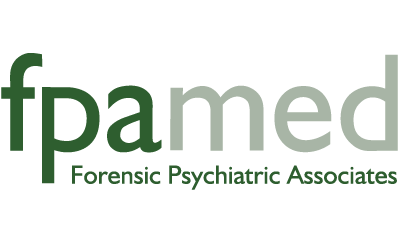Scientists Read Brain’s Magnetic Fields to Spot PTSD
Scientists Read Brain’s Magnetic Fields to Spot PTSD
Test identified those with the disorder 90% of the time
By Amanda Gardner
HealthDay Reporter
 THURSDAY, Jan. 21 (HealthDay News) — For the first time, researchers have been able to diagnose post-traumatic stress disorder (PTSD) by reading patterns of magnetic fields created by brain cells. THURSDAY, Jan. 21 (HealthDay News) — For the first time, researchers have been able to diagnose post-traumatic stress disorder (PTSD) by reading patterns of magnetic fields created by brain cells.
The discovery, made by researchers at the University of Minnesota, provides a biological marker for the condition and could help in both diagnosing and treating PTSD, which is triggered by trauma and characterized by symptoms such as flashbacks and uncontrollable rage. “We may be able to find some signals that could help us pick medications, or even pick up signals of impending problems before symptoms develop,” said Keith A. Young, vice chairman for research at Texas A&M Health Science Center College of Medicine in Temple and core leader of the VA Center of Excellence for Research on Returning War Veterans. “The researchers have shown us the potential this has for helping us in the clinic, but it’s a first step.” Data gleaned from this method could also help pinpoint exactly where relevant changes are taking place in the brain, added Young, who called the study an “eye opener.” The “synchronous neural interactions” test detects patterns in data generated by magnetoencephalography (MEG). This same research group had previously used the technique to detect several other conditions, from chronic pain to Alzheimer’s. That research was published in 2007. “Brain cells communicate with electrical signals,” explained study author Dr. Apostolos P. Georgopoulos, whose team reported its work in the Jan. 20 issue of the Journal of Neural Engineering. “These electrical signals can be recorded with EEG, but they get distorted going through the skull and are delayed, so they’re not very useful. The same electrical signals generate a magnetic field around them which passes out of the skull undistorted and extremely fast. They can be recorded with this instrument we have, so we have a very accurate, very faithful signal of brain activity.” “Communication patterns [between neurons or brain cells] are very different for different diseases, so one can differentiate very diverse diseases from multiple sclerosis to schizophrenia to Alzheimer’s by just comparing those patterns,” continued Georgopoulos, a professor of neuroscience, neurology and psychiatry at the University of Minnesota Medical School and director of the VA Brain Sciences Center in Minneapolis. “The [magnetic] patterns are very, very specific, and are different from anything else we have seen in other diseases.” According to Young, the MEG technique has been around for 10 or 15 years. “Advances in computing power allowed researchers to sift through a whole lot of data,” he said. The Minnesota researchers used MEG to identify similar magnetic patterns in 74 U.S. veterans. All 74 participants had been diagnosed with PTSD. Their magnetic fields were compared with those of 250 volunteers who did not have PTSD. “We were able to correctly classify 72 out of 74 people with the disorder. That’s about 90 percent accuracy,” said Georgopoulos. The researchers were also able to differentiate severity of symptoms and select those patients who were taking medications for the condition. Georgopoulos predicted that the technique will help distinguish other conditions. Researchers have already seen distinct patterns for fetal alcohol syndrome in young adolescents, for instance, he said. But only about 100 of the MEG instruments exist in the entire world, maybe 20 or 30 of them in the United States, Georgopoulos said. Although Georgopoulos expressed confidence that “the hardware follows the science,” Young pointed out that the machines are very expensive and require specialized environments, possibly limiting their widespread use. More information The U.S. National Center for PTSD has more on this condition. SOURCES: Apostolos P. Georgopoulos, M.D., Ph.D., professor, neuroscience, neurology and psychiatry, University of Minnesota Medical School, and director, VA Brain Sciences Center, Minneapolis; Keith A. Young, Ph.D., vice chairman, research, Texas A&M Health Science Center College of Medicine, Temple, and core leader, VA Center of Excellence for Research on Returning War Veterans; Jan. 20, 2010, Journal of Neural Engineering Last Updated: Jan. 21, 2010 Copyright © 2010 ScoutNews, LLC. All rights reserved. |
